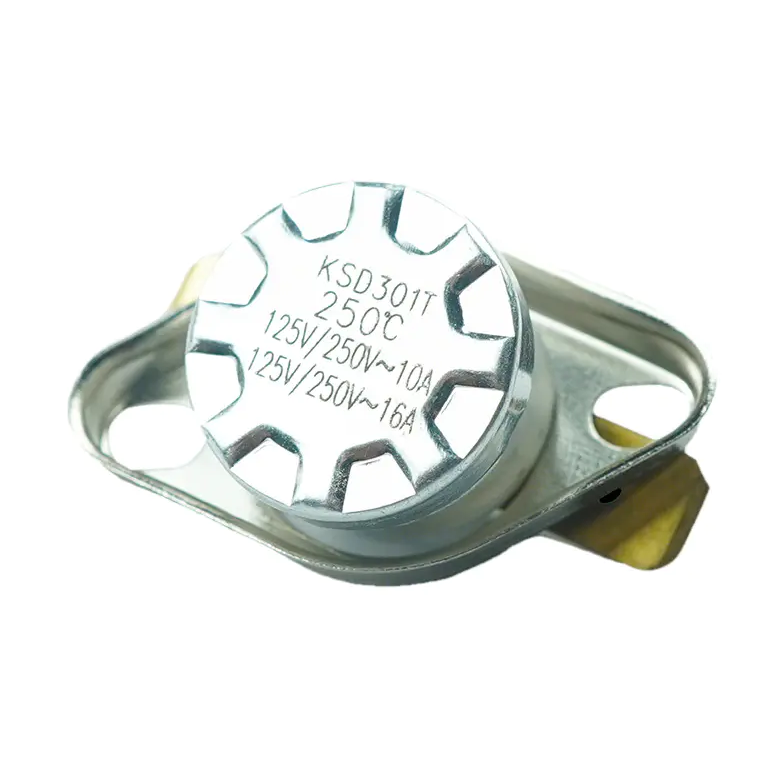When considering a Bimetal Iron Thermostat for electrical or heating applications, one key concern is whether it is prone to aging or deformation over long-term use. These thermostats operate based on the thermal expansion of two bonded metals, bending to open or close contacts as temperature changes. While the principle is simple and reliable, continuous heating and cooling cycles, electrical load stress, and environmental factors can influence the mechanical properties of the bimetal strip over time. Understanding these effects is essential for ensuring consistent performance, accurate temperature control, and safe operation throughout the device’s lifespan.
The quality of materials used in a bimetal iron thermostat plays a significant role in long-term durability. High-grade metals with excellent thermal stability resist fatigue and retain their shape after thousands of heating and cooling cycles. Corrosion-resistant alloys help prevent rust or oxidation that could compromise the mechanical properties or the integrity of electrical contacts. In contrast, lower-quality metals or improperly manufactured bimetal strips are more susceptible to gradual warping, contact degradation, or loss of elasticity, which may lead to inaccurate temperature control or premature failure.
Electrical load and frequency of operation are additional factors affecting long-term stability. Frequent cycling under high current loads can produce localized heating at the contacts, accelerating wear and increasing the likelihood of deformation. Well-engineered thermostats account for these stresses by using durable contact materials, optimized strip thickness, and precise calibration, ensuring that the device maintains reliable actuation even under repeated usage. Proper installation and alignment further prevent uneven stress that could accelerate material fatigue or mechanical distortion.
Environmental conditions also influence the aging process. Exposure to high humidity, corrosive atmospheres, or temperature extremes can gradually degrade components, while clean, stable operating environments tend to prolong service life. For industrial or commercial applications, selecting thermostats rated for the expected environmental conditions is critical to minimize long-term deformation and ensure continued operational accuracy. Regular inspection and maintenance can also detect early signs of wear, allowing timely replacement before performance issues arise.
In conclusion, a Bimetal Iron Thermostat is generally reliable and durable, but long-term aging or deformation can occur depending on material quality, electrical load, frequency of use, and environmental conditions. High-quality metals, robust design, and proper installation significantly reduce these risks, ensuring consistent performance over years of operation. By understanding these factors, users can select and maintain thermostats that provide accurate temperature control and long-lasting reliability across both residential and industrial applications.
Rated Voltage:250V
Rated Current:10A/13A
Rated Frequency:50Hz/60Hz
Operating Life:≥10,000 cycles
Contact Resistance:≤50mΩ
Insulation Resistance:≥100MΩ (DC500V/1s)
Max.Ambientium Temperatus125℃
Control Temperature: Operating temperature 70±5℃/ Protection temperature 130±5℃
Withstand Voltage: AC2500V 1minute
Dry Burning Protection Self-reset
Safety Approvals: CQC, TUV, CE, CB, CCC
